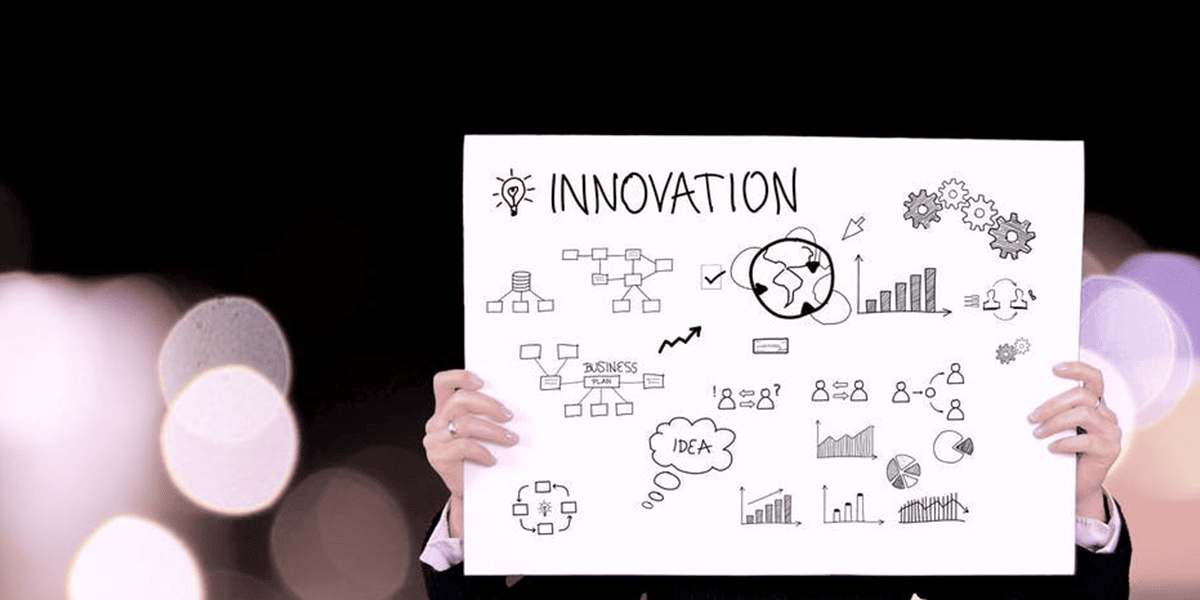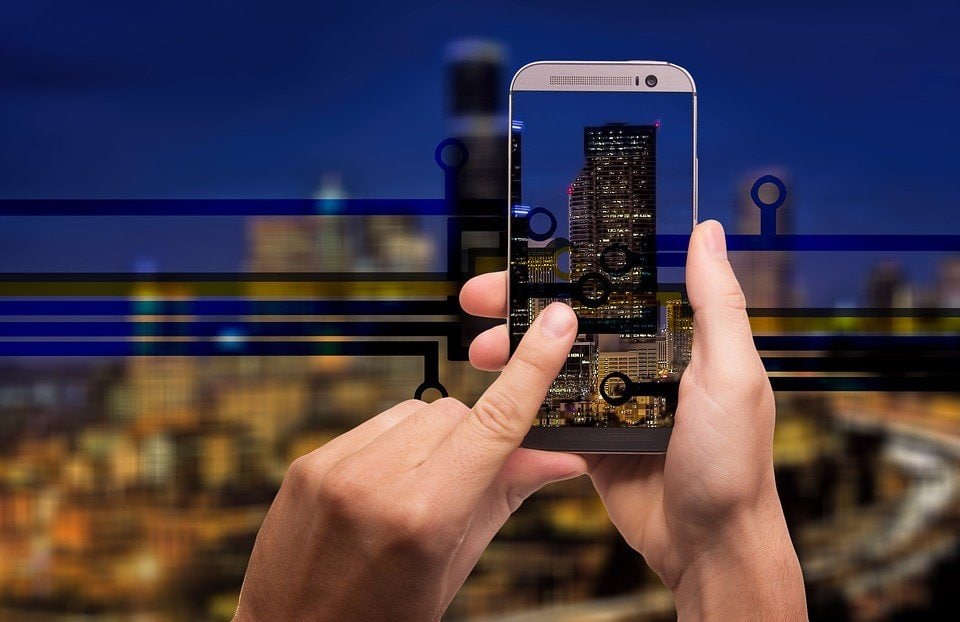In 2019, IT trends are dominated by artificial intelligence, followed by the cloud and innovative digital platforms. As one of the key technologies, 5G will gain in importance for the implementation of Industry 4.0.
The Eight most Important IT Trends 2019
IT trends are developments in information technology, which quickly gain ground and are commonly used. The internet is one of the most successful and lasting IT trends of the past decades. Some IT trends have a disruptive character and sometimes lead to profound social and economic changes. This includes, for example, smart phones. They in turn were triggers for new IT trends – such as data storage in the cloud. Here we collected current trends for you:
Trend 1: AGI and Cognitive Computing
Artificial intelligence (AI) is a mega trend, which combines artificial general intelligence (AGI), deep learning and cognitive computing. Artificial general intelligence is to get machines to behave and think like humans. AGI tries to realise human intelligence in hardware and software. AGI requires close collaboration between several sciences – from biology and physiology to chemistry, physics, social sciences, medicine up to neurosciences.
With cognitive systems such as Watson by IBM, data can be used which previously was not accessible. Either because it is available in unstructured format or distributed in any number of separate silos. In the course of the coming years, these new technologies will probably contribute to a change in workspaces, companies, customer experiences and entire sectors. In this context deep learning helps to efficiently analyse and evaluate the ever-growing volumes of data.
5G Networks as IT Trend No. 2 in 2019
The 20 times higher data transmission rate of 5G versus 4G will drive applications or make certain applications possible in the first place. In addition to improvements with speed, capacity and latency, 5G offers new network administration functions, among them network slicing, which allows mobile network operators to develop several virtual networks into one single physical 5G network. 5G networks and services will be implemented gradually in the next few years, taking into account the increasing dependency on mobile and internet-enabled devices. Overall, it is expected that 5G will generate many new applications and business models.
Trend 3: Sourcing and Clouds
Sourcing is one of those IT trends, which has been around for a while. The trend to move the IT environment into the cloud will continue in 2019. In order to use digital technologies such as IoT, artificial intelligence or augmented reality more flexibly and scalably, platform services by cloud providers are increasingly implemented. Cloud sourcing is considered as the future of sourcing and in the eyes of many has a big potential. The use of cloud sourcing companies allows that software and IT management is passed on and outsourced to professionals, while reducing costs and complexity of IT in favour of increased labour productivity.
Trend 4: Development of Digital Platforms
Even in 2017, interesting developments arose with some of the largest digital platforms of the world, such as Uber and AirBnB. These developments indicated that in future digital platforms will not only drive pure business models, but also acquisitions and partnerships. This emphasises the need to differentiate and overcome pure platform models with the aim to increase the value of digital and physical assets.
Trend No. 5: Hybrid Clouds
The hybrid model of cloud computing unites the advantages of private and public provisioning models. Hybrid cloud is considered to be the future of cloud computing. There are some workloads, which are perfectly suited for provisioning in a pure private and / or public environments. The idea behind hybrid cloud is to move additional workload or non-critical applications into public clouds, while critical applications remain in existing resources, which are based in the private cloud or on-premise.
Trend 6: Multi Clouds
The multi cloud describes the connection of at least two or often several different clouds, which collaborate and can be used in parallel. Thanks to its numerous advantages, the multi cloud has established itself in cloud computing and offers its users an improved performance and infrastructure as well as more service. Dependency on one provider is decreased and the risk of service failure is reduced to a minimum, while a distribution of services to several or specialised clouds takes place.
Trend 7: Fog Computing as an Alternative to Cloud Computing
Fog computing is becoming more important for companies as an alternative to manage the flood of data in a completely networked world. The bandwidth of the cloud is too low to process the growing data volumes. With fog computing, analysis, processing and storage functions are moved to the edge of a network.
Trend 8: IoT – The Internet of Things
In the next few years, IoT will be expanded further and every day more devices are put online. Where will this growth take place? Retail, the health sector and industry should see the largest growth. Forrester Research predicted that with continued growth, IoT will become the backbone of customer use. The information gathered by IoT is the basis for artificial intelligence and will change the world through more transparency.
IT Trends 2019: Conclusion
Besides 5G and IoT, artificial intelligence is also in 2019 one of the most important IT trends. Furthermore, the outsourcing of data into the cloud and fog computing is becoming increasingly important to satisfy the constant growth of data volumes. In future, new and innovative business models will hardly be possible without these technologies.
Image Sources:
- Image 1: © Pixabay | pexels.com
- Image 2: © geralt | pixabay.com

